How the Vikings celebrated Christmas
About Santa Odin, the law to get drunk, and the bloody origin of our new year’s resolutions
When looking at the Viking pagan religion, we have to go back at least 1000 years, which makes it dificult to exactly verify most conclusions today’s researchers reach. What is clear about the Christian and pagan religion, the Germanic and the Anglo-Saxon as well as the Norse traditions is: they had very similar, if not the same, roots and stem from times we have very little sources about. Some claim that a common root turned into several different customs, and what we today (in the western, Christian countries) celebrate is remnants stemming from the early medieval and even earlier times. After all, Santa Claus is just the Allfather Odin disguised with a silly red hat (Odin meaning “Jólnir”, “the Yule One”), and New Year’s Resolutions are just a diminished form of the Yule Oath a Viking would have sworn on his horn of ale.
We are talking about the ancient Scandinavian festivities that are called Jól in Iceland; Jul in Norway, Sweden, and Denmark; and Yule in some English-speaking societies.
A Christian King merges the dates
Let me start by sorting what we do know, but which also is down to interpretation of sources (and other researchers have drawn different conclusions). There’s consensus that the pagan Yule celebrations were moved to the time of the Christian Christmas celebrations by the Norwegian King Hákon the Good. It was his first step of gently introducing Christian traditions and blending them with the old pagan rituals (instead of forcing Christianity onto the Vikings, which they’d sure have resisted). So since the early 10th century, the Jólablót is held on December 25, and he made it a law that
“everyone was to have ale for the celebration with a measure of grain, or else pay fines, and had to keep the holiday while the ale lasted”
(Wouldn’t we like laws of this kind these days, too?)
This holiday began at winter solstice and lasted until Jólablót, the Yule sacrifices, around the 12th of January, so three weeks. In the last three days up to the sacrifices there was drinking, feasting, games and song, topped off by the sacrifices to the gods and other powers of winter. But lets start with the roots of the festivities.
The power of the sun
Winter solstice was the shortest day and marked the darkest and most dangerous point of the year: would the sun return, and would it – and with it the world – once again be reborn? It was a fearful wait in almost total darkness, day and night. What if the sun would not succeed and rebirth itself? During these three weeks, the Vikings must have anxiously waited for proof that the days indeed did become longer and brighter again – their lives depended on it. A new cycle of life only started if the sun was victorious and rebirthed itself from the dark belly of the wolf (death) that had swallowed her. So the Yule weeks were not at all mindless drinking and frolicking; they were a fragile, strict time with many rituals that had to be followed to enable the return of the sun, and therefore: of life.
Because imagine winter from a Viking perspective: it was a fierce time of death and cold, when darkness ruled and the boundaries between the world of the living and the dead blurred. It was the time when the souls of the dead and other creatures like elves and trolls roamed the world of the living, with unclear intentions. It was of vital importance to give offerings by gifting food and drink, to placate the powers that were potentially threatening and dangerous, so that they’d rather be helpful and kind.
The mighty Thor and his goats
And who was the most potent of the gods to protect people from the roaming forces on earth during these fragile times? Thor, of course, the god of thunder with his mighty hammer. He ensured safe growth, protection and return of the sun. He was worshipped in ways we can only deduct from saga snippets and traditions. His symbol was the goat, which became an established symbol for Yule. The Yule-Goat was slaughtered as a sacrifice during Yule, because: Thor himself had magical goats, and he could slaughter them if food was needed, and simply revive them the next day with a blow of his hammer. It was the resurrection of that which nourishes – just like the sun everyone was waiting for.
Maybe then, like it was a custom not so long ago, goat-masked men roamed the neighbourhoods, singing and dancing, receiving people’s offerings to the mighty Thor?
Although, these Vikings’ Chrismas carols must have been very different to what we are used to, and surely they were much … let’s say straighforward. But they carried the same essence: rejuvenation, nourishment, renewed strength for a new world, a new year, a new cycle.
And talking of nourishment and birth: Yule was different to Christmas in that it also was the time when the female powers (dísir) were celebrated.
The Night of the Mothers
During Yule, the ancestral mothers and other female powers of different realms were worshipped. For one, females were life-giving just like the sun, associated with birth and midwifery in times when everyone just waited for the imminent birth of the sun, of light, and new life.
And in a practical sense, the feasting was only possible through countless women providing food and drink they had made. They literally stood for abundance and provision-giving. Even the Anglo-Saxon heathens celebrated The Night of the Mothers at New Year in the 7th century, which corresponds with Yule and the continental Germanic Mother Cult. I blame Christianity for diminishing the female role (of the Sun goddess, Sól, the Mothers, and goddesses), and turning the once central importance of women, living and dead, into a mere sidenote.
Some sources claim that it was on the first night, Mothers’ Night, that the goddess Frigga and the dísir (female ancestral spirits) were honoured. Only they could ensure the rebirth of the world from the darkness of winter.
Bloody sacrifices and holy oaths
So with offerings and gatherings the days of Yule slowly moved towards the hopefully successful rebirth of the sun to its former glory around the 12th of January. A great three-day banquet and the big Yule sacrifices would be prepared, for when around mid-January the new year began.
When then the time came to make the big sacrifices, some sources tell of gruesome events around the heathen temples: farmers from near and far came with food in abundance. All took part in the drinking of ale, animals were killed, and their blood collected to sprinkle with it the pedestals, walls, and men in the temple. The meat was cooked and served at the huge banquet. Surely a sacrificial beaker was carried around the fires. The host, a chieftain, would bless the meat and toasts would be made. In King Hákon’s time those were: 1. to Odin for victory and power, 2. to the gods Njördr and Freyr for good harvests and peace, 3. to the King, and lastly to the dead kinsfolk. These were all especially serious and meaningful oaths, sworn to the cup or horn while drinking and feasting at the Yule banquet with all the friends, family, and wider community from near and far.
And now do you suddenly see where our New Year’s Resolutions come from?
It wasn’t just “Santa Odin” we are still using in our traditions today. Our Resolutions are also just a diminished form of the bloody Viking Yule Oath – and we should maybe take them bloody serious again! 😉
So raise your horns: Skål to Odin, the sun, and our ancestors! 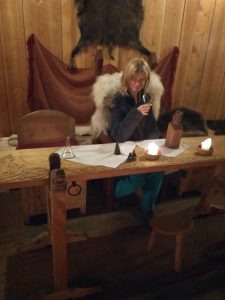
Let us know how your ideal end-of-year celebration would look like in the comments – or what it is about the origins of today’s Christmas that fascinates you 🙂
Happy Yule and merry Christmas! 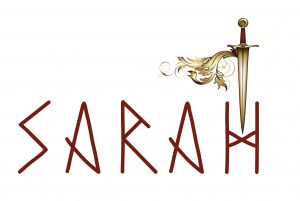
Sources: freya.theladyofthelabyrinth.com (excellent source for all things Viking!)
Valkyria.com (a beautiful Norse lady’s blog about living the Viking life and mythology)
Theasatrucommunity.org
wikipedia: topic “Yule” (all accessed on 4th Dec. 2017)

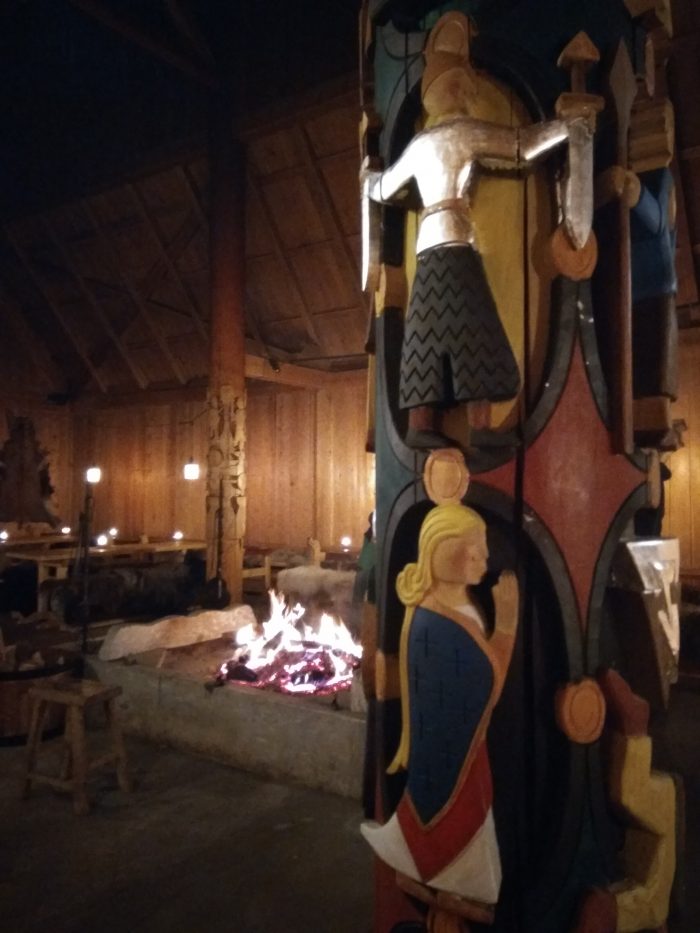
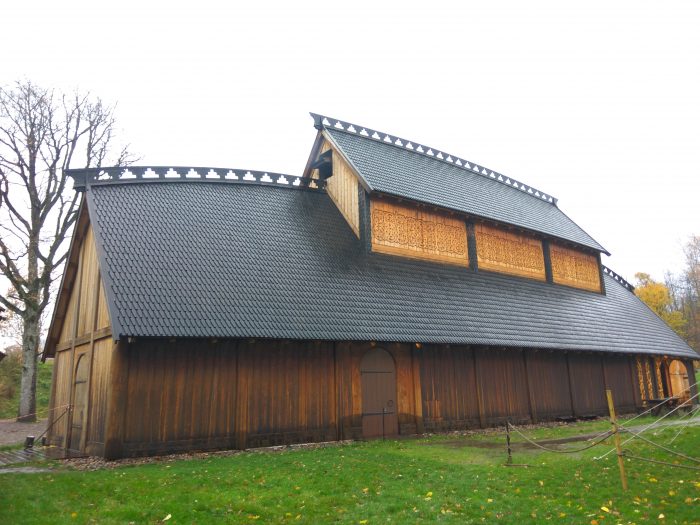
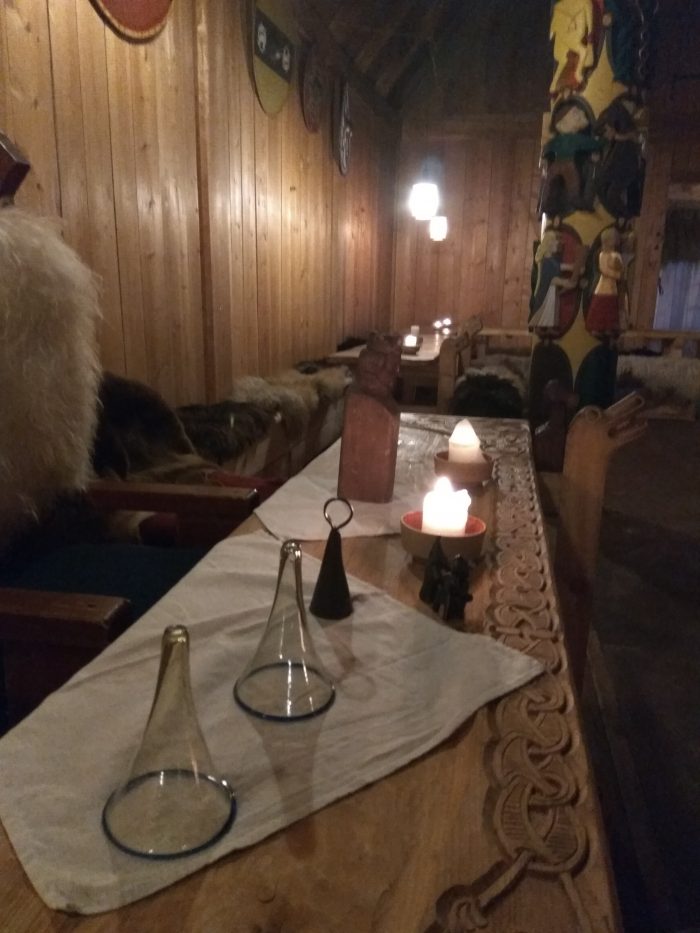

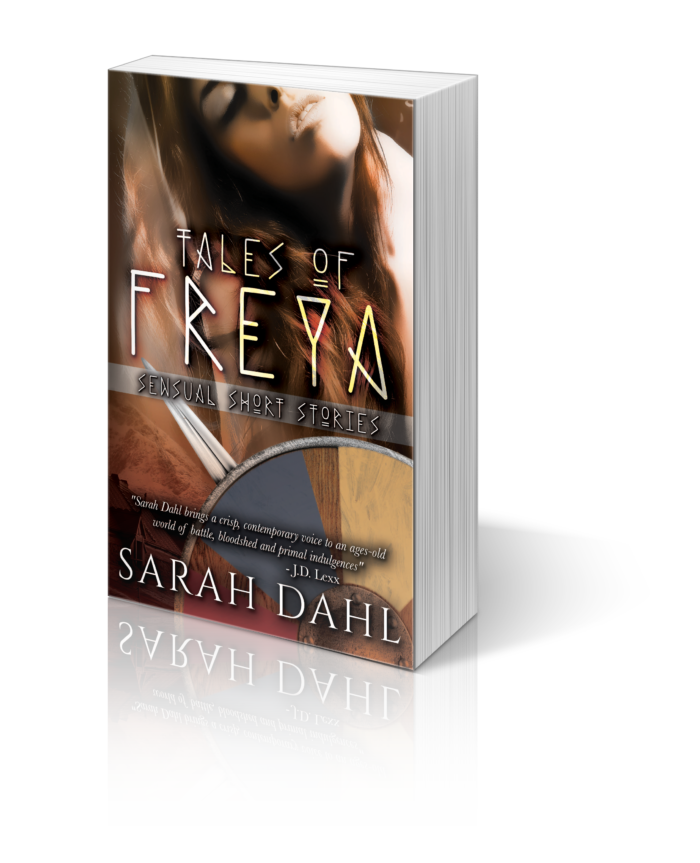
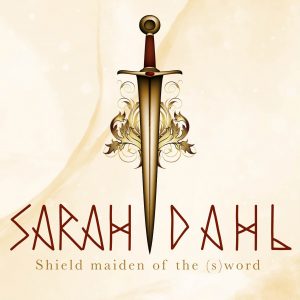
Comments (0)